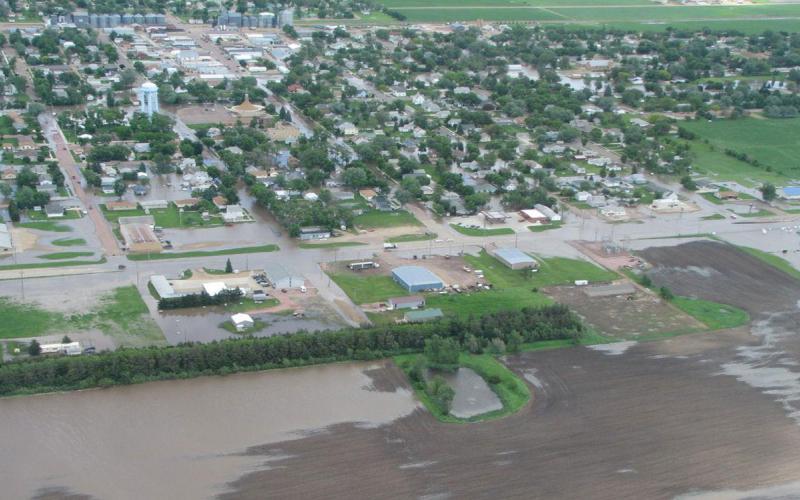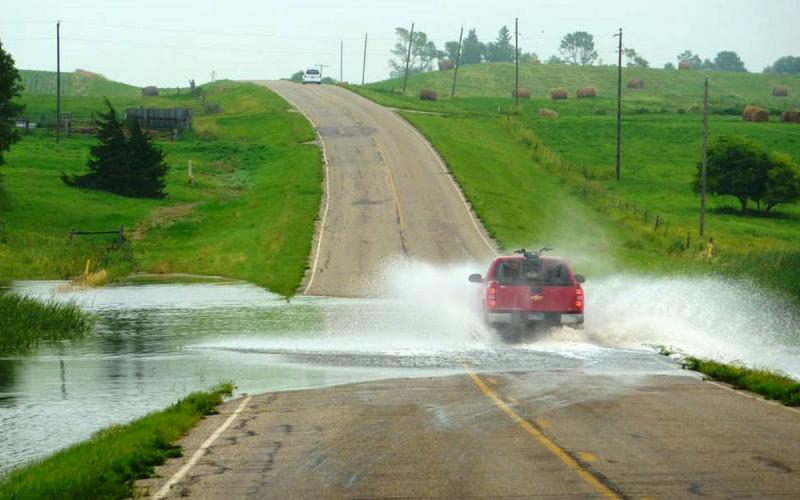Written with contributions by John McMaine, former Griffith Endowed Assistant Professor & SDSU Extension Water Management Engineer.
As South Dakota and our surrounding neighbors begin to deal with the consequences of spring snowmelt and the dramatic flash flooding that came about from the Region’s most-recent winter storm, we can only hope that conditions begin to improve quickly. There is still a lot of snow left to melt as temperatures begin to rise, which means flooding will continue to be an issue. Below are a few tips that homeowners can employ to help protect their property.
One major concern for homeowners is water getting in basements. Even if a basement is unfinished, if water is not taken care of then it can lead to major long-term problems such as mold growth. Depending on the amount of water in your basement, there are a few options to deal with this problem.
- Use fans and increased circulation to dry out an area with a little water present.
- Use a dehumidifier to manage high humidity and remove water from the air.
- Use a wet/dry shop vac to clean up a medium amount of water. Do not dispose of the water in a floor drain since this adds burden to an already overwhelmed municipal sewer system.
- Deal with large amounts of water with a pump, but again do not pump water into a basement floor drain.
- Be sure all electrical cords are kept out of standing water.
Water can enter basements via the foundation or through window wells and egress windows. Consider doing the following to help keep water out of basements.
- If possible, remove snow away from your home’s foundation.
- Check gutters and extend downspouts away from the building’s foundation. Clear snow and ice from the downspout outlet to help your gutters run freely.
- Keep snow and water out of window wells
- Check your sump pit on a regular basis. Check to make sure the pump is in good working order and make sure the water outlet pipe is not plugged or frozen. Consider having a spare pump on hand as well. Do not pump water into the basement floor drain or rural septic system.
- In case of a sewer backup, install a basement floor drain plug. Check with your local hardware store for plugs that may work for you.
- If you are in an urban location, locate and check the storm drains along your street. Make sure they are open and free of debris and ice.
North Dakota State University Extension has a dedicated website for flood information. On the left-hand side of the page, you will find a menu that contains information for "House & Home, Farm & Ranch," as well as other additional resources. As you click through them, you will find numerous articles and videos that may be of help as we deal with wet conditions and flooding during the spring of 2019.


